If it’s true that former Georgia quarterback Carson Beck will receive $4 million in NIL money to play for the University of Miami in 2025, numbers like that will get more and more high-end college football players to do what the NFL has encouraged them to do (possibly as a favor to its free farm system) for years.
Stay in school.
Even though it’s clearly not school. As if it has been, for years. It’s business. And it had been business for everyone but the people who fueled it. Not long ago, everyone associated with the presentation of a college football game, from the school president all the way down to the guy selling stale popcorn, was getting paid — except the players.
Now, the curtain has fallen. The façade has been obliterated. College football is professional football. And the profession of college football is paying a lot better than the early years of most rookie contracts will pay.
For 2024 first-round draft picks, only the top 16 players taken received four-year contracts worth more than $4 million per year. And so, by sticking around college football for another year or two, a player whose draft stock might not (or ever be) quite that high can pocket plenty of cash, while continuing to get playing experience, before heading to the NFL.
The ultimate analysis for the player goes like this. Should I take the money that’s available now, or should I go to the NFL and start the three-year clock toward a market-level second contract? This assumes that the player will be good enough to get a market-level second contract — and that the team drafting him will be willing to pay it after three years and not squat on him through the fifth-year option and then possibly play the franchise-tag game.
There’s another angle that eventually will manifest itself on draft day. As more and more top-end players emerge from their professional college careers to pro football with more and more cash in the bank, they will be better equipped to refuse to sign a contract with a dysfunctional team and sit out for a full season, if need be. Which gives them real leverage to tell a team to not draft them and, if they do, to promptly trade them.
Yes, that strategy continues to risk drawing the ire of fans and some in the media who loudly bristle at players making business decisions. At some point, that resistance will go the way of the teeth-gnashing that happened when draft-eligible players stopped playing in bowl games.
First, someone has to do it. It last happened in 2004, with Eli Manning avoiding the Chargers. Before that, John Elway resisted going to the Colts in 1983. Under that limited sample size, the NFL’s version of Halley’s Comet is due to swing back around in 2025, 21 years after the last time.
It needs to happen. Too many careers (especially of quarterbacks) have been derailed if not destroyed by landing with a bad owner, bad front office, and/or bad roster. Some of the best quarterbacks in 2025 (Sam Darnold, Baker Mayfield, Geno Smith) had that experience to start their careers. And the teams responsible for it (Jets and Browns) might be looking to take a quarterback in round one this year.
The NIL explosion helps to avoid a player’s NFL career running aground early, both by giving college players more experience before heading to the NFL (and playing time has clearly helped the quick development of Commanders quarterback Jayden Daniels and Broncos quarterback Bo Nix) and more of a war chest that will allow them to push back against the NFL’s Draft Industrial Complex.
It’s not personal. It’s business. And it’s been fine for NFL teams to make business decisions, for decades. The time for players to make business decisions has arrived.
Read the full article here







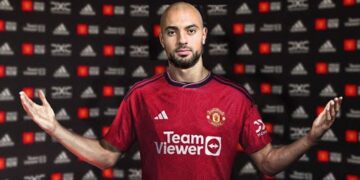
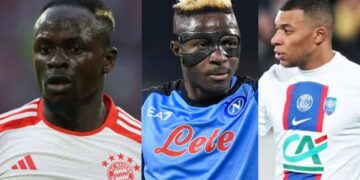
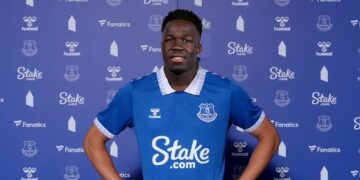
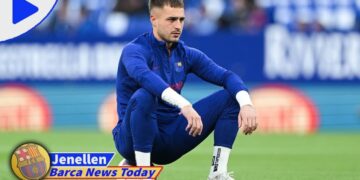
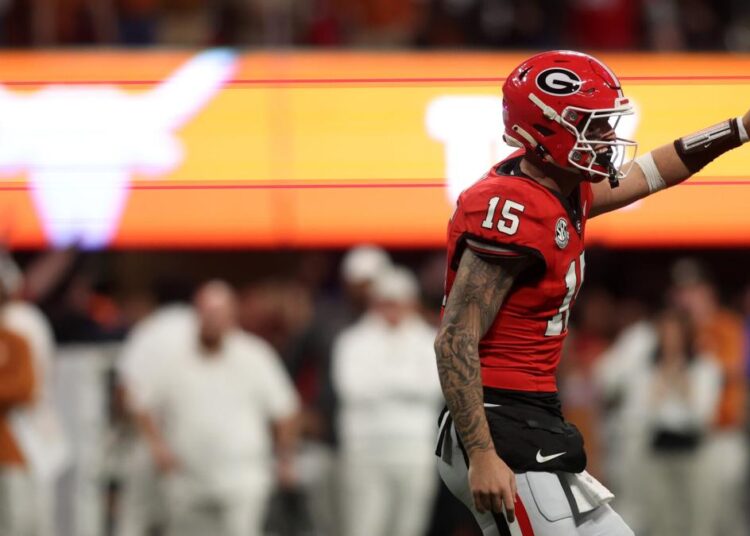















Discussion about this post